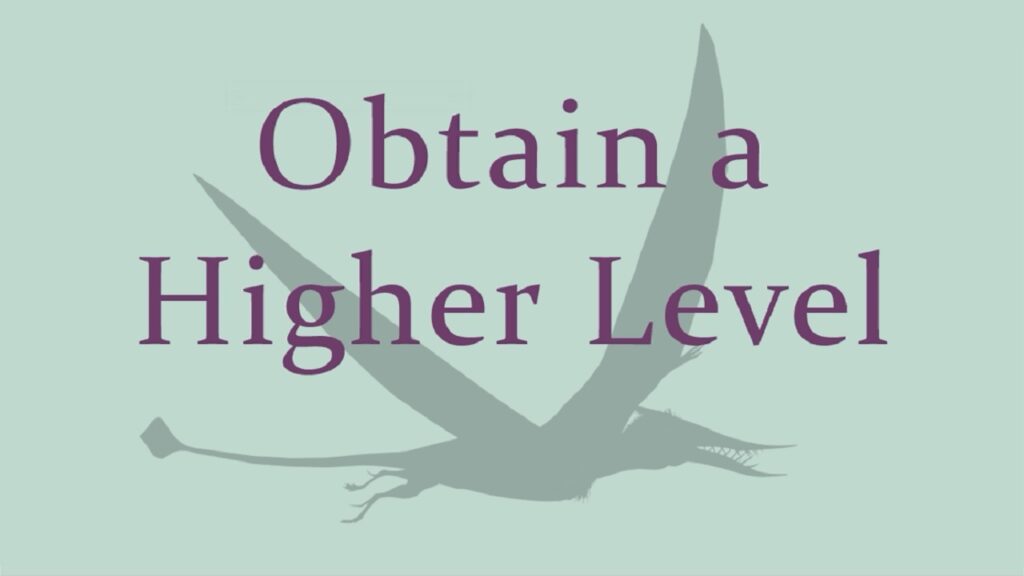Animal Discovery (A.D.) was founded by Jonathan David (“J.D.”) Whitcomb in the summer of 2021 in Salt Lake County, Utah. As one of the original board members, he took the lead in putting together the articles of incorporation and the bylaws. He is now the executive director, managing publications, research, communications with eyewitnesses, publicity, and daily operations of the office.
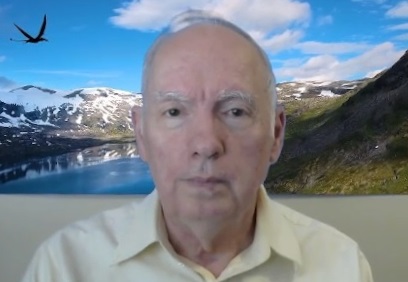
Ropen Expeditions in the Southwest Pacific
From the 1990’s until at least the year 2020, Umboi Island in Papua New Guinea was the most active location in the southwest Pacific for expeditions in search of the nocturnal flying creature we call “ropen”. In fact, that word comes from speakers of the Kovai language spoken in villages like Gomlongon and Opai on Umboi, although we believe this animal is found on many islands in this part of the world. People of other areas, with other languages, have different names for it.
Whitcomb, in 2004, led the first of two important expeditions on Umboi that year. Two other Americans followed within a few weeks: David Woetzel and Garth Guessman, leading the second expedition.
Jonathan was in a unique position, probably the only person ever to search for a living pterosaur (“pterodactyl”) as a professional forensic videographer with practical experience interviewing persons while videotaping them.
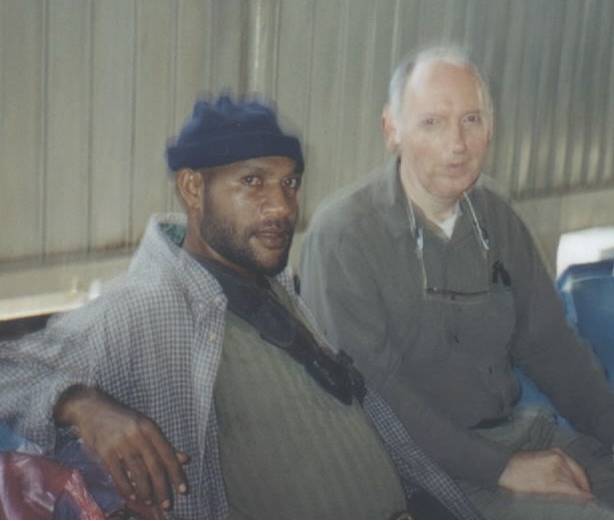
Although Whitcomb was not able to see a ropen during his expedition on Umboi Island, he did interview many native eyewitnesses, and some of their reports were of great value in supporting the concept that this ropen is a real flying creature, even though it is unknown to most Western scientists.
Indeed, Whitcomb concluded, after the two expeditions in 2004, that the ropen is a Rhamphorhynchoid pterosaur, probably similar to the Sordes pilosus in its general shape, except that it is larger than the fossils that have so far been discovered of that type.
For more details, see his scientific paper (2009) “Reports of Living Pterosaurs in the Southwest Pacific” (published in a peer-reviewed journal of science: CRSQ).
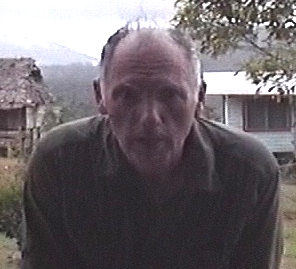
Ropen Sighting at Lake Pung
During the Whitcomb-Paina expedition, three native eyewitnesses were interviewed deep in the interior of Umboi: Gideon Koro, Wesley Koro (his brother), and Mesa Augustin. These videotaped interviews made it clear that the ropen is not just a legend but a real animal.
The American gave Gideon a subtle test of his honesty-credibility by taking advantage of a statement contributed by the young native. Gideon said that the ropen he and six other boys had seen had a mouth like a crocodile. Whitcomb, some time later, drew two similar sketches in the dirt: one with an eye socket similar to that of a crocodile; the other without that prominent eye socket. Gideon immediately chose the sketch that was clearly less like a crocodile. If the native had been telling a lie, he would likely have chosen the sketch that supported his previous statement. The quickness of his choice of the other sketch supports his honesty.
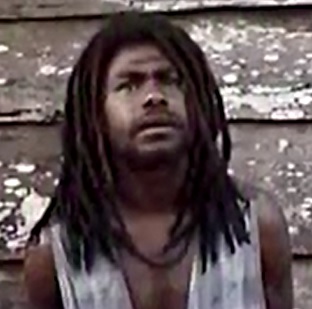
The two other native eyewitnesses interviewed at that time (Wesley and Mesa) supported Gideon’s account of their sighting, which was at Lake Pung, Umboi Island, in about the year 1994. The encounter was in clear daylight, and the seven native boys ran home in terror.
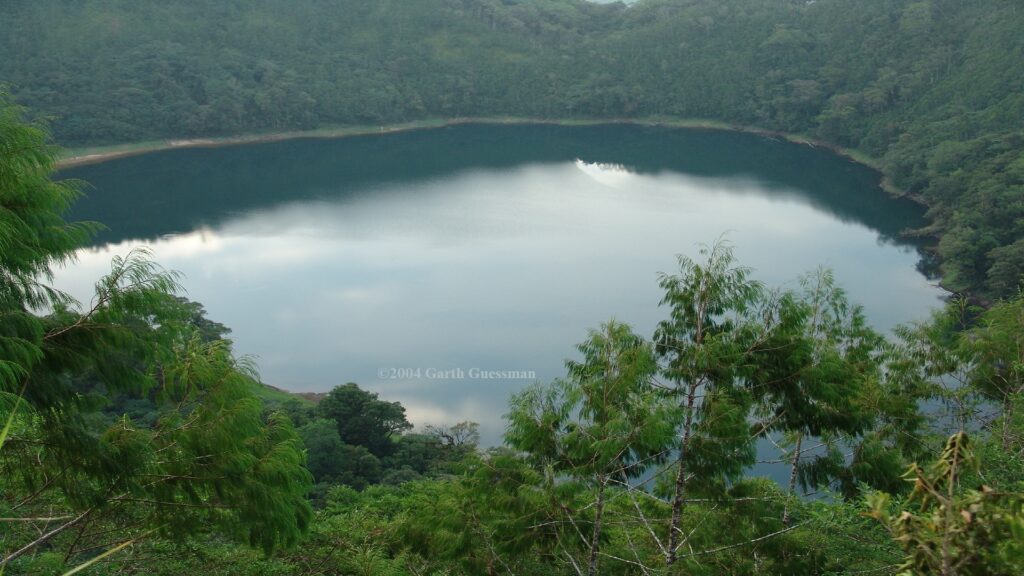
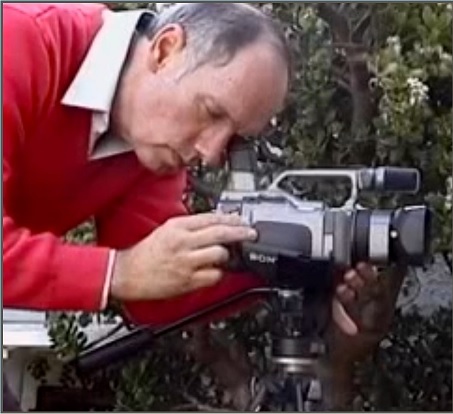
A Narrow Branch of Cryptozoology
From 2003 to 2021, Whitcomb spent about 14,000 hours in his investigation of eyewitness reports of apparent living pterosaurs, possibly more time than any other cryptozoologist has spent in this narrow field of research during those years.
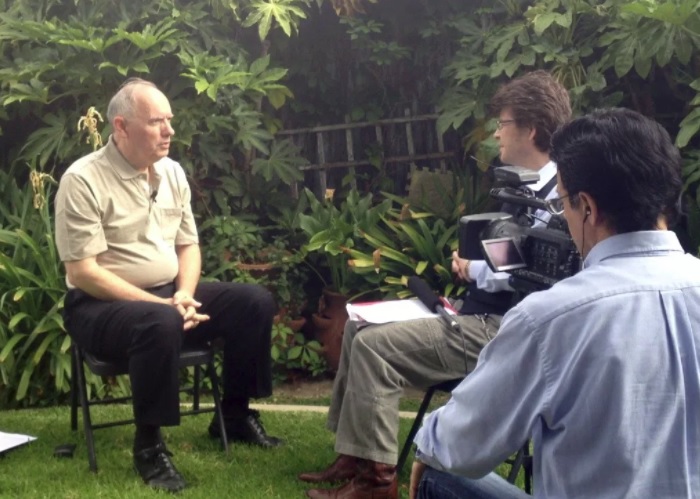
He has written five nonfiction books on these mysterious flying creatures, plus over a thousand web pages and blog posts. Over the past eighteen years, he has received hundreds of reports from around the world, from five continents, and these have been direct eyewitness accounts: first-hand reports from those persons who have personally seen these featherless non-bat flying creatures.
